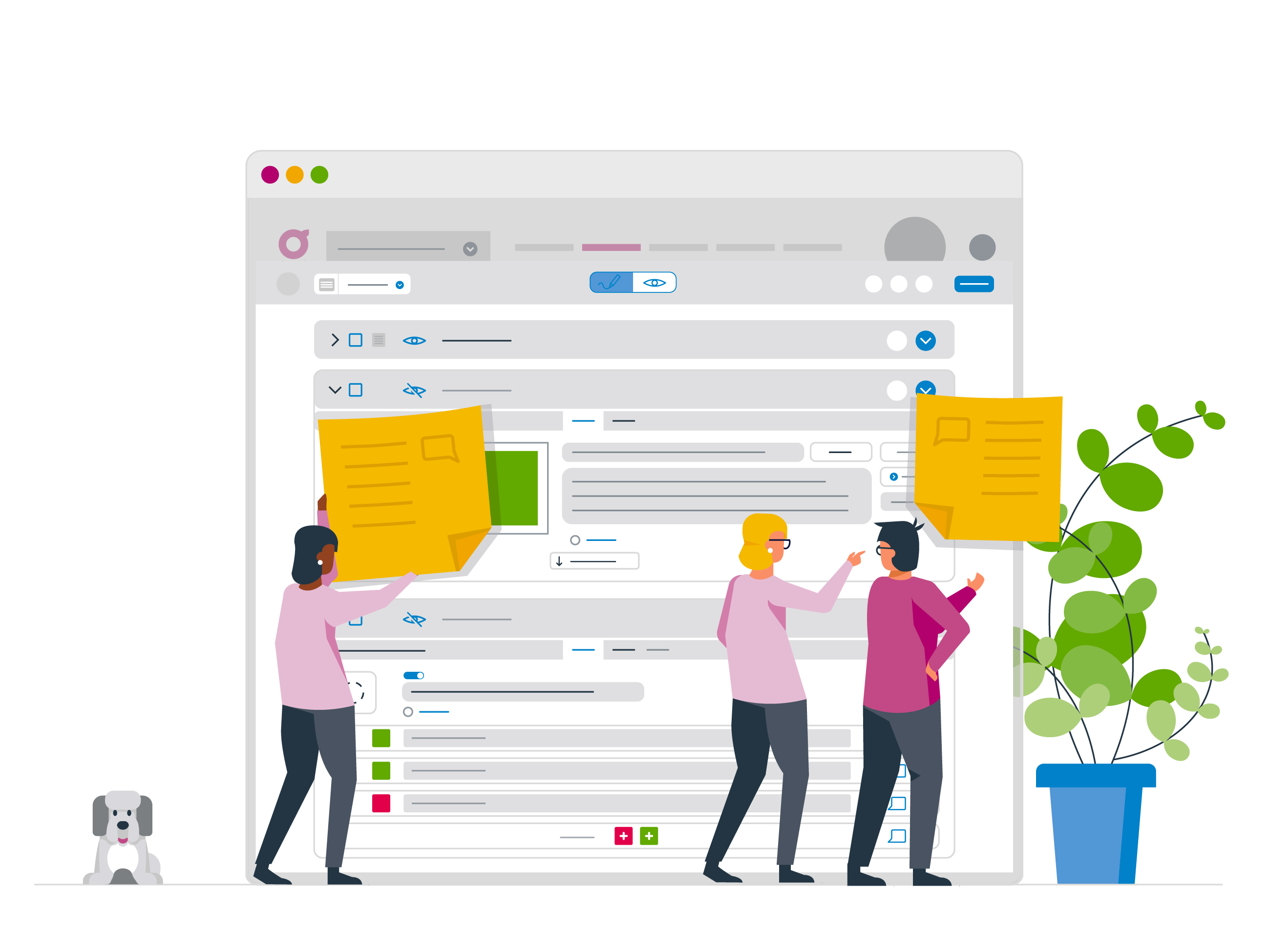Feedback is a fundamental element of any learning experience. It acts to bridge the gap between the actual learning taking place and the assessment of this learning, providing invaluable opportunities to align work performance to goals. It can also help create a deeper bond between educators and learners, with many studies finding that feedback heightens engagement and improves results.
In a classroom setting or even just a 1:1 relationship, feedback happens naturally through conversation, but it can be harder to pull off in digital learning. It makes sense - the majority of feedback is automated, preprogrammed and relies on limited cues to deliver the right message.
However, that doesn’t mean that your digital courses are doomed to simply say “You’re Right!” or “Try Again!” A little bit of planning and thought means you can utilise feedback to drive your learning outcomes.
Here are some of our best tips on how to achieve this.
Make your feedback timely
When it comes to digital learning, many people assume they will receive feedback instantly. This is often the case, with feedback easily offered in response to quiz questions, but when you’re trying to maximise learning outcomes, the issue is a little more complex.
Feedback doesn’t necessarily need to be instant, but it does need to be provided at a point where it is meaningful and can be actioned. Consider these examples. Say you received feedback immediately on answering a multiple-choice question incorrectly versus receiving feedback three days later. Three days later, that feedback is irrelevant and does little for your learning. In contrast, receiving feedback on an assessment three days later (and ahead of a final exam) is still useful, as it provides guidance for future assessments. What about if you’re asked a two part question? Receiving feedback after the first part is likely to be distracting, while giving feedback after the second part is useful as it addresses the two parts as a whole.
While these may seem like extreme examples, they do illustrate the point. Feedback at its heart should guide the learner to a better outcome and timing is a large part of this. If your feedback allows people to action it, chances are you’re giving it at the right time.
Make your feedback personal
If all feedback for digital learning is automated, how can you make it personal? While it might not be genuinely individual, adaptive learning offers a framework for how you can achieve this. Take the time to develop feedback in response to your questions that really addresses the individual’s answer. If the answer is incorrect, why is it incorrect? If it is correct, confirm why it is correct in case the person simply guessed. This kind of personalisation is minor but can have a significant impact.
If you are planning a blended course, you may even be able to offer personalised feedback to the class at the beginning of your scheduled sessions. While not individual, it still gives you a chance to address any potential areas of misunderstanding and keep everyone on track.
Build and communicate a structure of feedback
Many learners will expect feedback, but where can it be most useful in your course? Similar to the way you have to make the actual feedback itself timely, setting up a structure of when students will receive feedback at different points can impact engagement.
At the beginning of a course, learners may be unsure or disengaged with what you’re offering. Providing early feedback here can help give them confidence and grow their interest in the course.
It is also worthwhile actively communicating when students will receive feedback. This can form checkpoints for students who might be falling behind and help educators identify those students and put a process in place to guide them.
Group your feedback
This is a little less about making feedback more effective for learners, but for the educators themselves. It can be wise to group the feedback you’re providing together, particularly if you know there will be similar feedback that is offered to multiple students. Having a central repository can speed up the process, but it also allows you to review and optimise the course.
If an unnatural proportion of feedback is connected to a single issue, this can be a good sign that you need to work on the information presented.
Focus your feedback towards a goal
In the publication “The Power of Feedback” , writers John Hattie & Helen Timperley proposed a simple structure to the feedback that you offer.
This is:
-
“Where am I going?”
-
“How am I going?”
-
“Where to next?”
If you look at this, feedback represents a journey that the educator takes the learner on. The first question speaks to the program and learning goals, while the second addresses their performance against those goals. The third gives the steps the learner needs to take next to achieve these goals.
Reframe your feedback to consider it an opportunity to emphasise learning
Feedback should not merely be a statement of right or wrong, but instead offer context and advice. This is the fundamental reason why simply saying “You’re right” or “Not quite there” is ineffective. Learners simply have nowhere to go from there, as they don’t receive any additional information.
Instead, frame your feedback as a way to reaffirm right answers and guide incorrect answers. Explain why an answer is right with the logic or reason it is correct or offer hints or this similar context when an answer is wrong. In both cases, you can also add additional resources for learners to dig deeper if they are interested or address knowledge gaps if they need extra help.

.png)

